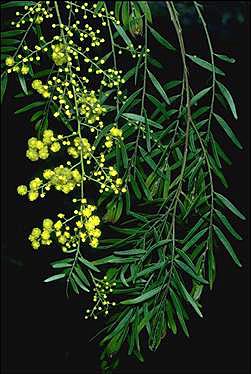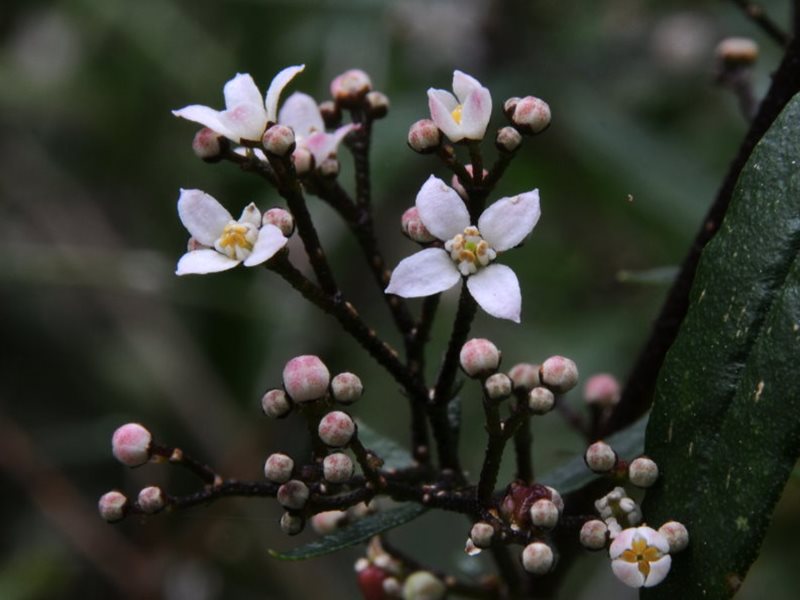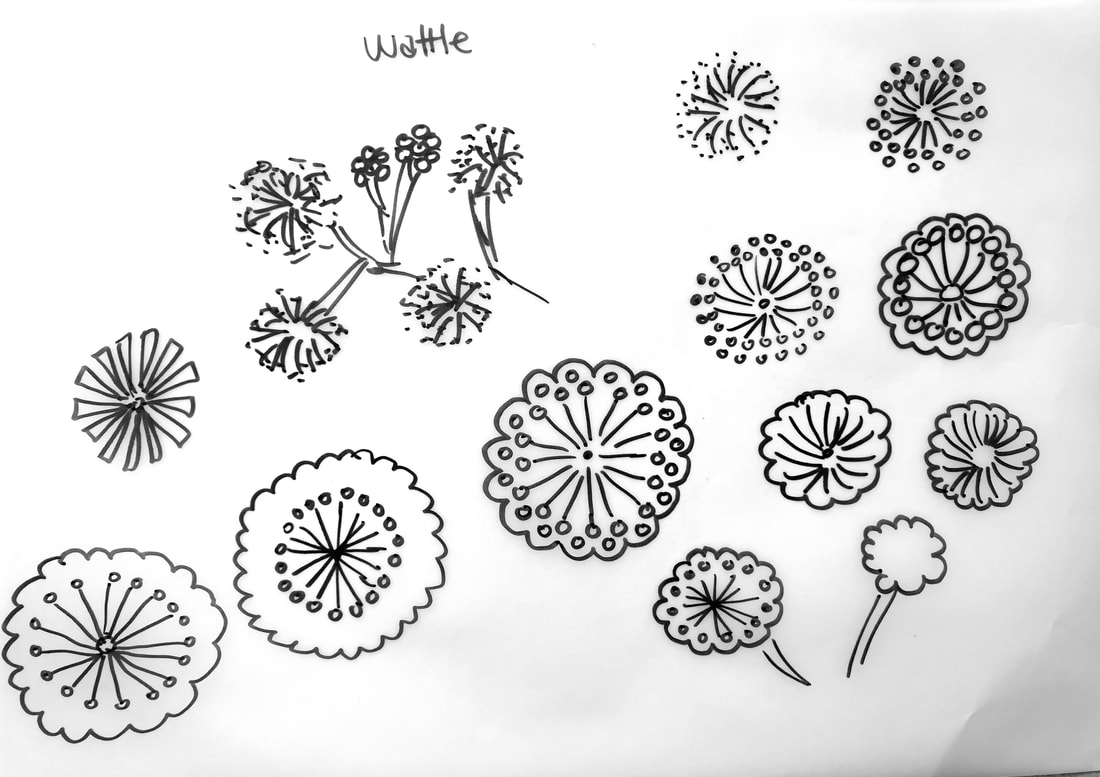|
It has been a busy 6 weeks of research and concept development after the Wilston community workshop in December. When considering the brief for the Wilston Village, I was drawn to the history of the area’s character homes and the native flora. These topics come up in the community feedback from the workshop, which specifically mentioned parks and trees as well as historic homes as parts of Wilston that the community loves. The architecture of Wilston still stands as a distinct feature of this part of Brisbane, with Wilston House even holding the community’s name. Research reveals that these character homes were created in both late Georgian (1830s) and Federation (1890-1914) architecture styles. More than just buildings, these historical houses are also homes, representing the Wilston community through architectural features, which symbolise a distinct identity in Wilston. I began the concept development by studying the architectural features of late Georgian and Federation style houses in Wilston. I took an interest in cast iron details and filigrees which can be found on the awnings and doors of these houses, making the exteriors so distinct. I then started to explore the interior designs of this style, paying attention to detailed tile work and pressed metal ceiling patterns. These patterns resonated with me for their beauty and my connection in my practice to Japanese-style patterns – based on symmetry, harmony and elegance. What struck me about these patterns is their floral embellishments feature only European flora - a nod to their design origin. This was the point where I was inspired to research flora native to Wilston and re-design these architectural features with local plants. I searched for specific native flora found in the Wilston landscape. This included a range of wattles, eucalyptus, bottlebrush and small wildflowers. These are plants that also grace the beautiful parks mentioned in the community workshop. A combination of historical style and native flora creates a visual identity that is unique to Wilston. I began to look at the intricate detail found in the blossoms and seeds of these plants, representing new growth, and the next generation of Wilston and its community. This also included research into existing scientific drawings of these species. I also came across beautiful botanical drawings in the archives, connecting to the community’s documented history. After initial studies of plant species, I started to translate these forms into patterns – simplifying them into designs that embraced the symmetry and harmony found in architectural patterns from the area. The designs were rendered digitally creating standalone and repetitive patterns relating to the various plant studies including wattle, lanoline and eucalyptus flowers. These patterns are uniform, symmetrical, simple yet effectively beautiful in honoring natural elements – mirroring the principles of Georgian style and the Japanese influence inspired by patterns found embroidered in kimono material and in Japanese washi origami paper. My arts practice has a strong influence from my maternal Japanese heritage, creating a recognizable design aesthetic in my work. I create artwork which explores pattern creation embedded with a historical narrative. I'm now developing these standalone floral elements within architectural motifs to explore Federation and Georgian styles found in Wilston Houses. Following positive feedback from further consultation this design idea will be further developed as a series of works featuring eucalyptus, wattle and lanoline blossom studies. Stay posted!
0 Comments
Leave a Reply. |
Wilston Village Project BlogThis blog will document my design development process for Brisbane City Council's Wilston Village Project. Archives
January 2021
Categories |



















 RSS Feed
RSS Feed